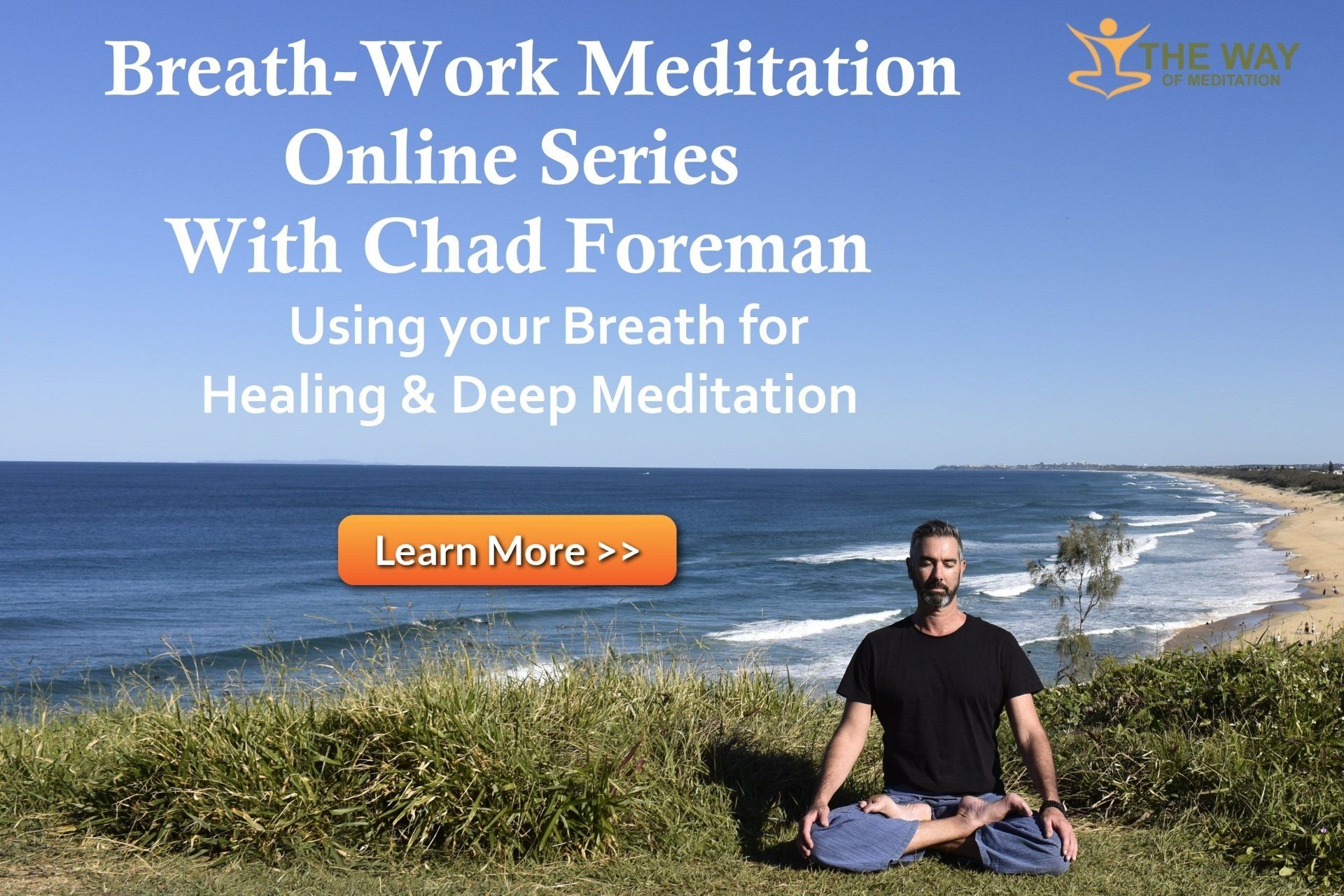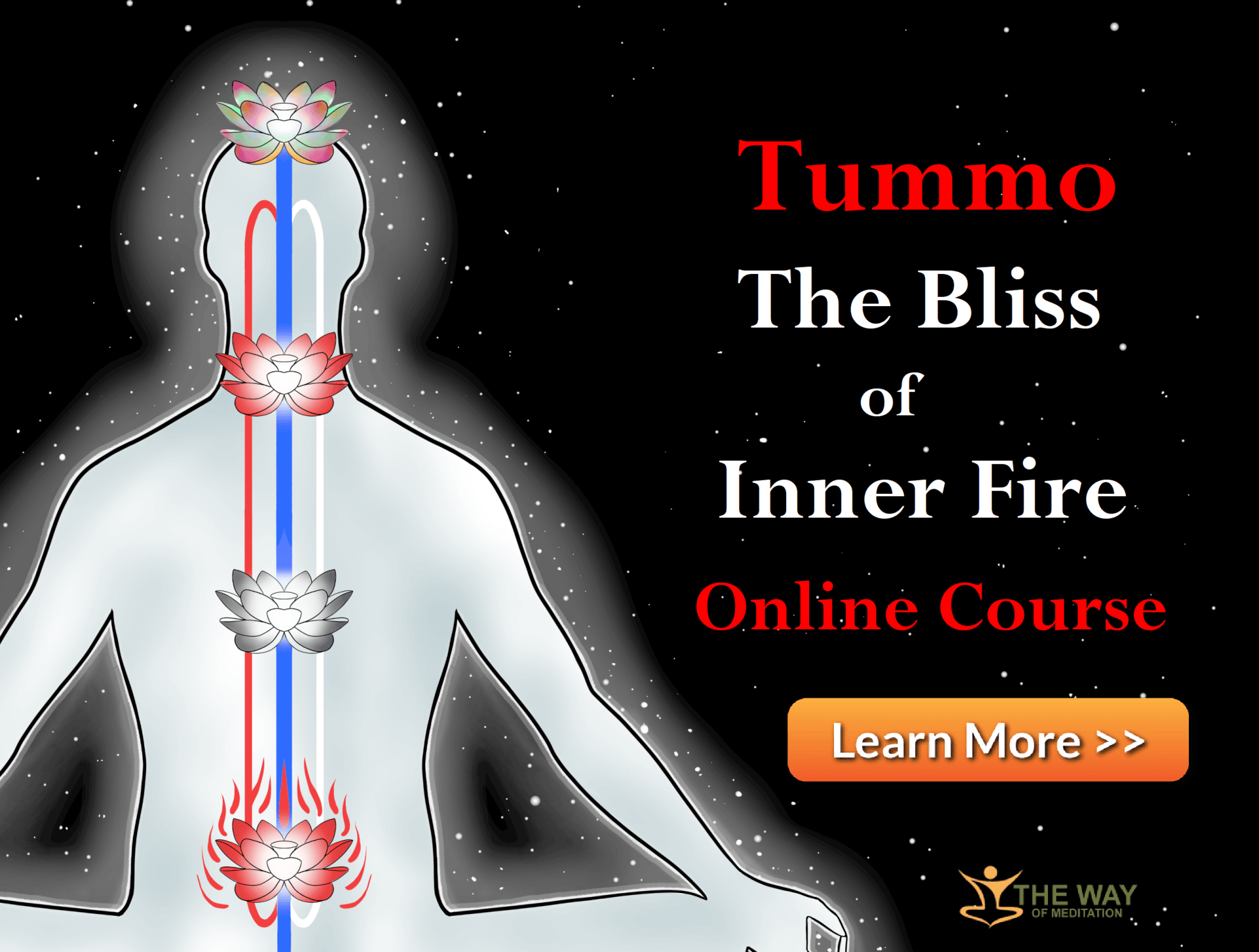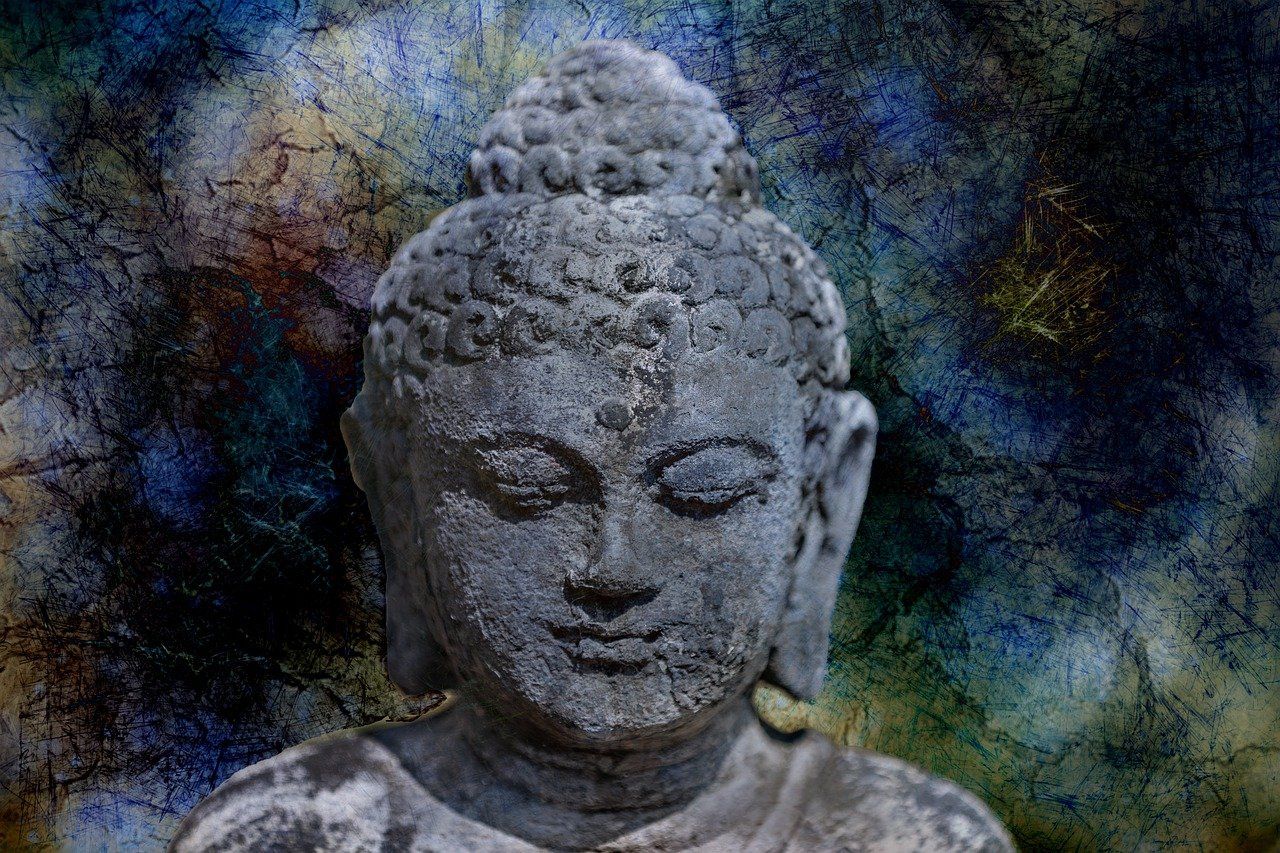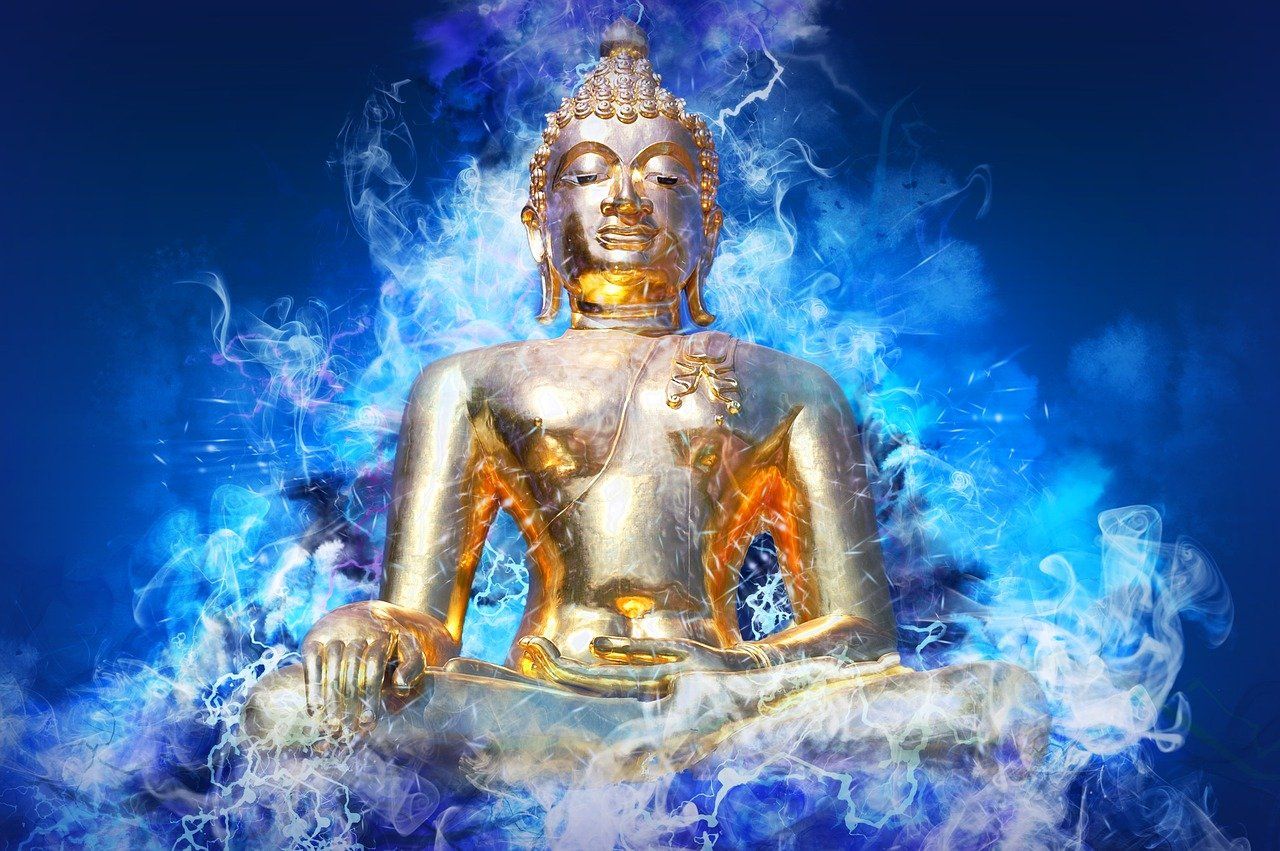Why Breathwork Is So Powerful And How To Do It
Introduction to Breathwork
Benefits of Breathwork
Physical
• Increases oxygenation throughout the body
• Relieves tension and detoxify
• Stimulates circulation
• Improves respiratory capacity
• We increase our energy
• Boost our immune system
• Helps relieve anxiety
• Helps manage unsettled feelings
• Detoxify our cells
• More control over feelings of anger
• Improve sleep
• Improves our overall well-being
Emotional
• Reduces worry, stress and anxiety
• Enhances the awareness of self-sabotaging patterns
• Relieves depressive and negative emotions
• Improves mental and emotional clarity
• Increases creativity
• Improves self-esteem
• Experience more peace, joy and compassion
Spiritual
• Allows deeper meditation and connection to your true self
• Direct access to deeper levels of relaxation
• Promotes greater sense of presence
• Experience greater awareness and love
• Strengthens your connection with Spirit
Did you know?
The monkey mind can be effectively re-trained through breathwork to improve focus and experience life from an awakened perspective.
One of the quickest ways to determine if someone is healthy is to examine their breathing pattern. If the breath is slow or shallow, rapid or irregular, you know that something is off. Shallow breathing can trigger of the stress response, keeping your body in a state of “emergency”.
IMPORTANT POINTS:
• Shallow rapid breaths creates anxious feelings, stressing the body.
• Long deep breaths help us feel calm, centred, grounded and energised.
How we breathe often indicates how we feel. The reason for this is because deep breathing activates the parasympathetic nervous system, which takes us out of fight or flight (the sympathetic nervous system).
• Activating parasympathetic nervous system:
• Slows down your heart rate
• Lowers your blood pressure,
• Helps create deep feeling of calmness
• Reducing your overall stress and anxiety.
We now know that breath positively affects the nervous system but it actually goes beyond the nervous system.
Changing your breath literally changes your brainwaves! Neuroscientists have made a direct correlation between an increase of alpha brain waves - a relaxed creative state associated with being in “the zone”.
Breathwork is an effective way to shift your brainwaves from beta to alpha and even theta, thereby decreasing negative thought patterns, stress and depression levels.
DIFFERENT TYPE OF BRAIN WAVE STATES:
Gamma Waves: Heightened perception and consciousness
Beta Waves: Most of us are spend our walking days in beta, where we’re attentive, thinking, making decisions, problem solving . But in beta we can also feel agitated, stressed, tense, hyper alert, afraid or obsessive.
Alpha Waves: This is when we are relaxed, reflective and aware and in the present moment.
Theta Waves: This is an even more relaxed state where we are open, intuitive, and receptive and can have deep insights or aha movements beyond our normal conscious awareness. This can occur in breathwork, deep meditation or in sleep.
Delta Waves: Our slowest brain waves which occur mostly in deep dreamless sleep where we lose awareness of our body.
"Breath is the bridge which connects life to consciousness, which unites your body to your thoughts.
Whenever your mind becomes scattered, use your breath as the means to take hold of your mind again.”
- Thich Nhat Hanh
Four Different Types of Breathwork
There are many different types breathwork technique. Four of the most popular approaches today are the Wim Hof Method, Holotropic Breathing, Box Breathing and Soma Breathing.
Lets explore these techniques, what they’re about, what you can expect, and how you can practice them safely and successfully.
Wim Hof is considered by some to be an adventurer, an endurance athlete, and a Dutch philosopher.
Hof has an uncanny ability to endure cold temperatures in extreme circumstances. He developed this ability through extensive training that allows him to control his breathing, heart rate, and blood circulation. Hof believes that ordinary people can control their bodies to accomplish difficult feats, and he teaches these techniques through online and in-person classes.
He developed the Wim Hof Method to teach people how to learn to control their bodies to achieve exceptional goals.
Breathwork is the art and science of applying breath awareness exercises and conscious breathing techniques as a bridge, a force, and a tool for health, growth, and change—in spirit, mind, and body.
1. Get comfortable
Find a comfortable place to do your breathing exercises where you won’t be disturbed. You can sit or lie on your back, but do not do this exercise whilst driving or standing up.
2. 30-40 power breaths
Once you’re comfortable, you can start to breathe in and out 30 times. This is essentially deep breathing at a steady pace in and out through the mouth. Inhale fully but don’t exhale all the way out. As you inhale you should feel your belly rise and on the exhale, you should feel your belly fall. It may feel a bit like you are hyperventilating, but you are in control. Like me, you may also feel a tingling or lightheaded sensation throughout your whole body, when you do this for the first time. This is perfectly normal.
3. Hold your breath
After doing 30-40 Wim Hof power breaths, empty your lungs of air and retain the breath for as long as you can without force. During the retention, I found it relaxing to close my eyes and focus on the space between my eyes. Just remember to set a stopwatch if you’re interested in recording your results. You might want to see how you progress with the breath retentions if you plan to do this regularly over a set period of time.
4. Breathe in for 10 seconds
After the breath retention, take a deep breath in and hold it for a further 10-15 seconds, before exhaling.
5. Repeat steps 1-4
Repeat the whole process for another three rounds. Remember to record your times down, so you can track your progression.
6. Meditate after 3 rounds of power breathing
After the power breaths, you can then go into your regular practise of meditation or meditate for five minutes if you’re a complete beginner by closing your eyes, bringing your awareness to your breath and focusing on the space between your eyes.
Holotropic Breathwork
There is not a “proper” way to do holotropic breathing other than the instruction to “breathe deeper and faster than normal” so this is not a “guided” breathwork experience except in a very general sense.
The important thing is to move more air through your system than you normally do. After 15 or 20 minutes, your body will normally find its own rhythm and you will generally no longer have to think about it. However, for people who want additional guidance, prior participants have found the following suggestions helpful when they start the holotropic breathing session.
1. Full deep breaths – make each breath full and deep, breathing into the “bottom” of your lungs so that when you breathe in, your belly should move out a bit (i.e. “diaphragm breathing”).
2. Continuous - “circular” breathing – the breathing in such a way where there is no gaps in the breath..i.e. not holding your breath at any point. When your lungs are almost full, you turn the breath around and start exhaling. When your lungs are empty, you immediately turn the breath around and start inhaling. This creates a breath pattern whereby you are always breathing in or breathing out, creating a circle of breath.
3. Faster than normal – You also want to breathe a bit faster than you normally would. However, you do not want to breathe so fast that you create tension in your body…your body, and especially your lungs, should be relaxed, without straining, so that the breath can be maintained for a long period of time without tiring yourself out.
4. Mouth vs Nose Breathing – It is easier to move air quickly through the mouth and mouth breathing tends to be more supportive of emotional release so most people find that breathing in and out through the mouth supports their process better than nose breathing. However, some people find that mouth breathing is uncomfortable for them in which case nose breathing is fine also.
But, again, after 15 or 20 minutes, everyone’s body will generally find their own rhythm and way of breathing. There are as many breathing styles as there are breathers.
“Deep breathing calms the body, clears the mind and opens the heart.”
— Chad Foreman
Box Breathing
Box breathing is a powerful, yet simple, relaxation technique that aims to return breathing to its normal rhythm. This breathing exercise can help to clear the mind, relax the body, and improve focus.
The technique is also known as “resetting your breath” or four-square breathing. It is easy to do, quick to learn, and can be a highly effective technique for people in stressful situations.
People with high-stress jobs, such as soldiers and police officers, often use box breathing when their bodies are in fight-or-flight mode. This technique is also relevant for anyone interested in re-centering themselves or improving their concentration.
Box breathing is a simple technique that a person can do anywhere, including at a work desk or in a cafe. Before starting, people should sit with their back supported in a comfortable chair and their feet on the floor.
It's essentially: inbreath 4 seconds - hold for 4 seconds - outbreath for 4 seconds - hold for 4 seconds repeat until calm.
- Close your eyes. Breathe in through your nose while counting to four slowly. Feel the air enter your lungs.
- Hold your breath inside while counting slowly to four. Try not to clamp your mouth or nose shut. Simply avoid inhaling or exhaling for 4 seconds.
- Begin to slowly exhale for 4 seconds.
- Repeat steps 1 to 3 at least three times. Ideally, repeat the three steps for 4 minutes, or until calm returns.
Soma Breath
So while SOMA Breath does fit into the category of breathwork, SOMA Breath also fits into the category of Pranayama. But it still doesn’t totally fit into either category.
SOMA Breath is a complete holistic system of breathwork techniques. There is no one size fits all, and SOMA takes into account the fact that every single person is unique and may require different breathing techniques depending on their needs (especially if health related or medical).
SOMA breath incorporates many different technologies including all the ones in the WHM. The WHM mainly works through intermittent hypoxic training, rhythmic breathing and relaxation.
SOMA uses these and adds movement, music, visualization and other yogic techniques like muscle locks to enhance the exercises.
Source: somabreath
In every moment, the breath is nourishing us. It is continuously working to keep us alive. It is working to help us to move and to function. It gives us the power to think and to create. And in every moment, it is reflecting and expressing the truth of our being. It reveals our state of our health and the level of our consciousness.
Breathwork awakens pure life-force energy—creative energy, healing energy. You can consciously use this energy in any way you choose. You can use it to generate luminous thoughts, ecstatic emotions, and pure pleasure. You can use it to fuel gentle and loving behaviors, and to motivate creative and productive actions.
Written by Oska Phoenix
Get A FREE
Guided Meditation Series
with Chad Foreman













